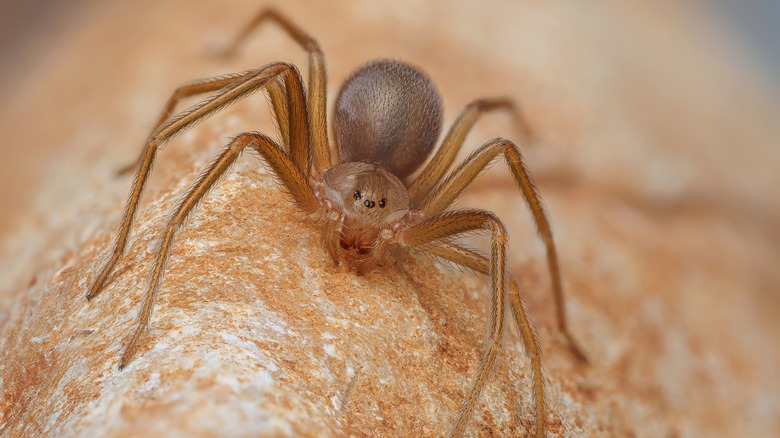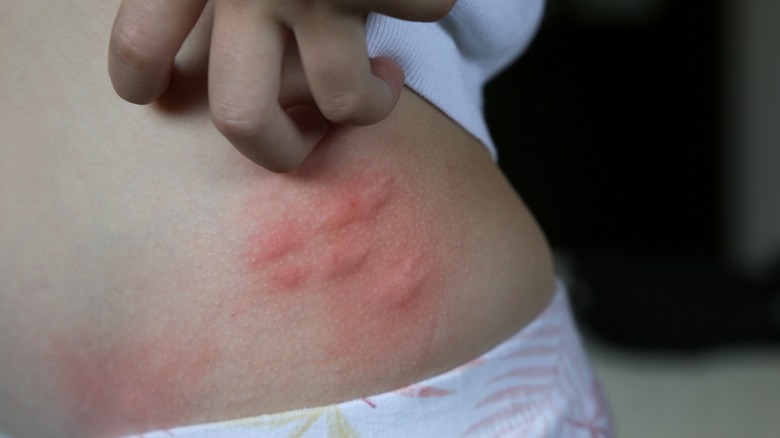3 Serious Spider Bites That Require Immediate Medical Treatment
Spiders, for the most part, are harmless creatures. In fact, they play a critical role in controlling insect populations (which is why you may want to stop killing spiders in your garden). However, there are certain species whose bites can cause severe reactions, requiring immediate medical attention. Black widow and brown recluse spiders are among the most dangerous spiders in the world. Hobo spiders, on the other hand, aren't as worrisome, but can still trigger an allergic reaction in some folks. Although it's rare to encounter these spiders, it's essential to be informed and recognize the signs of a dangerous bite. They should be taken seriously and treated by a medical professional without delay. Here's what you need to know about these three spiders and their bites.
The one common characteristic that these three spiders share is that they prefer dark environments. Black widows (Latrodectus species) and hobo spiders (Eratigena agrestis) are typically found in sheltered locations such as attics, garages and basements. Brown recluses (Loxosceles reclusa) tend to occupy more undisturbed places like woodpiles and sheds, so it's important to manage your yard properly to avoid attracting brown recluse spiders right to your yard. Geographically, black widows and brown recluses are more common in the southern United States, while hobo spiders are found in the northwestern part of the country.
While their hiding places are similar, each of these spiders have distinct bodily markings. Black widows are easily identifiable by their shiny black bodies and the red hourglass marking on the underside of their abdomens. Brown recluses are brown and sport a violin-shaped marking on their backs. Hobo spiders are also brown but they have a V-shaped pattern on their abdomens. Being able to recognize these spiders can help you avoid dangerous encounters and seek appropriate medical care if bitten.
Symptoms of these spider bites
If you're bitten by a black widow, you'll likely feel sharp pain, swelling, and redness at the bite site immediately. These symptoms indicate the need for prompt medical attention. Without it, severe symptoms may develop within one hour, including intense muscle cramps, abdominal pain, nausea, sweating, dizziness, and difficulty breathing. In extreme cases, the bite can cause life-threatening complications, but treatment within a few hours of a bite reduces risks. Doctors will administer antivenom, as well as pain relievers and muscle relaxants to alleviate the discomfort.
Brown recluse bites are a different story. They often go unnoticed at first. However, within two-to-eight hours, the bite site may become red, swollen, and painful. As the venom spreads, the area may develop into an open sore with a characteristic "bullseye" pattern — red on the outside with a pale ring in the center. If you notice these signs, seek medical attention immediately. Doctors can administer antibiotics and treat the wound. After this, there is a heightened risk for more severe complications like tissue death, requiring oxygen therapy or surgery.
Similar to the brown recluse, hobo spider bites may cause redness, swelling, and mild pain within the first 24 hours. Another distinct symptom is skin hardening at the bite side. Rarely, symptoms such as headaches or fatigue may follow. Even though severe reactions are uncommon, it's wise to seek medical care as soon as possible to monitor the bite and prevent complications.

